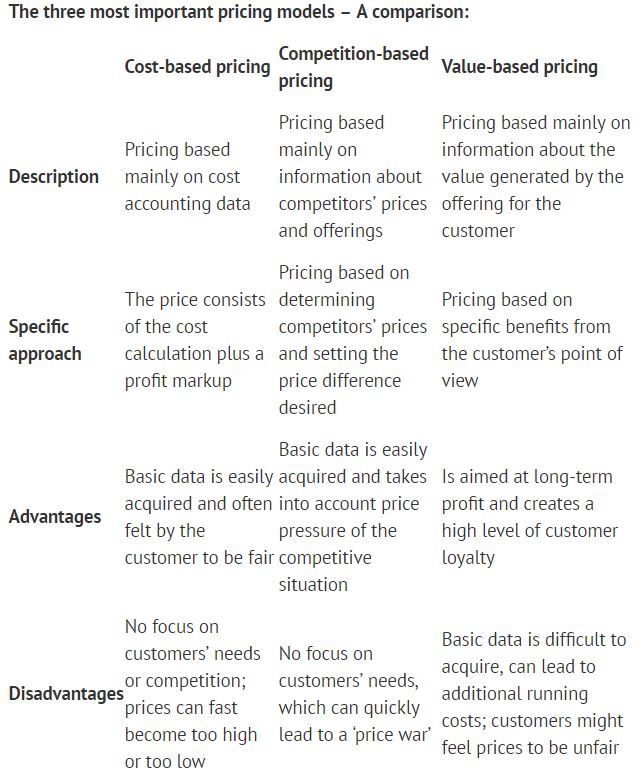The perfect price for IoT
Value-based pricing may help

Surely it’s quite simple. A product costs what it is worth. And what is the yardstick of its worth? The benefit that the user derives from it. Yet this pricing principle, known as value-based pricing, is less widespread than you might expect. Deutsche Telekom now aims to use it in its IoT (Internet of Things) division to ensure that all concerned can boost their profits and that customers are more satisfied.
A few years ago, many companies felt that connected machines were far too expensive. But the Internet of Things, and Industry 4.0 are on the advance, and increasing numbers of mature, standardised solutions await swift and uncomplicated deployment.
They can be incorporated immediately without requiring much in the way of IT expertise. This innovative technology is usually purchased at a fixed price per connected machine, but not all customers benefit from this pricing model. If IoT fails to deliver the desired success, the company has to cope with a bad investment.
To circumvent this risk, Deutsche Telekom is trialling a new pricing concept for its machine-to-machine (M2M) communication and IoT solutions. The concept is value-based pricing (VBP).
What is value-based pricing?
Conventional payment models include cost-based pricing, for which manufacturing costs and the profit aimed at are key, and competition-based pricing, which is geared to the market offering.
In contrast to these, in value-based pricing the price of a product is determined primarily by the added value that it generates for the customer. So it has to achieve proven positive effects for production or service processes.
Sign up to the TechRadar Pro newsletter to get all the top news, opinion, features and guidance your business needs to succeed!
That is why the approach by which manufacturers determine the cost of their products is different when VBP is used. When signing the contract, the customer and supplier must identify certain factors by which the product’s added value is to be measured and must then monitor them continuously.
Examples could be gross earnings or operating costs. Compared with other models, VBP is characterised especially by its better customer retention and shared risk. The main drawback is that the data required to establish the value is hard to come by.
Furthermore, implementing it can lead to additional costs when compared with other pricing models. And if VBP is undertaken publicly, there is a possibility that different customers with different prices might feel it to be unfair.
The use of value-based pricing on the IoT
How would Deutsche Telekom like to implement this pricing concept for its IoT products? So far, customers have paid for their solution on the basis of the number of connected machines.
In the future, a zero point indicator will be defined that relates to, for example, higher earnings or savings in running costs. Deutsche Telekom, as the solution provider, will receive a specified percentage of this extra income or cost saving as its profit.
That is good news for the customers. They are not running a risk. As long as the newly acquired technology earns (or saves) them nothing, they don’t have to pay anything. They thus share the investment risk with the manufacturer. If, in contrast, they achieve the expected benefit, both sides profit.
That is above all an opportunity for companies that are just starting to use IoT solutions, and as this concept means that success is very much in Deutsche Telekom’s own interest, the companies will also gain a partner which, for reasons of self-interest alone, does its best to ensure that a project is implemented successfully.
VBP – Three examples
A wide range of industries and companies can benefit from value-based pricing. Take, for example, a virtual health marketplace. Improved connection of patients, physicians and medical equipment saves it a total of €3,000,000 in process costs. A VBP contract could provide for Telekom charging 20% of these OPEX savings as its price and thereby receiving €600,000.
Another example is the use of connected sewing machines. A zero point indicator could in this case be the gross profit. If the customer has 100,000 sewing machines and earns two euros in additional revenue from each, thereby saving €500,000 in all, the added value for the customer would be €700,000. As the manufacturer of the IoT solution Telekom would receive 20% of the gross profit increase, or €140,000.
Industry is not the only user; service providers such as a street cleaning company can use VBP too. The cost of connecting the vehicle fleet in order to manage and deploy it better is, let us say, €270,000 and consists of 20% of the additional revenue earned. Assuming there are 150,000 IoT devices, each of which generates €9 in additional revenue, the added value for the customer is €1,350,000.
Relationship of trust with customers is a prerequisite
Trust is indispensable for value-based pricing because to establish the added value information – some of it extensive and confidential – about business processes, profits and more must be disclosed. That requires a rethink on the customer’s part that can, however, be countervailed by substantial increases in productivity and greater satisfaction with the service provided.
If you don’t want to disclose your corporate data, you don’t have to do so. Deutsche Telekom offers VBP merely as an option in addition to its existing cost-based pricing model.
How do the manufacturers and developers of IoT solutions stand to benefit from VBP? They run a greater risk in that their products might generate no added value for the customer and they therefore have no guarantee that they will be paid.
They can, however, input their experience with a solution into further development and the quest for approaches to improving the product. So VBP is a long-term, strategic approach.
With its assistance, work can prove profitable in an IoT and M2M market that will be increasingly competitive in the future, and as customers pay not once but continuously, their confidence in the product’s long-term quality will grow. VBP is a highly customer-oriented approach. Customers are better understood, better served and lastingly retained.

Image source: Shutterstock/everything possible

Désiré has been musing and writing about technology during a career spanning four decades. He dabbled in website builders and web hosting when DHTML and frames were in vogue and started narrating about the impact of technology on society just before the start of the Y2K hysteria at the turn of the last millennium.